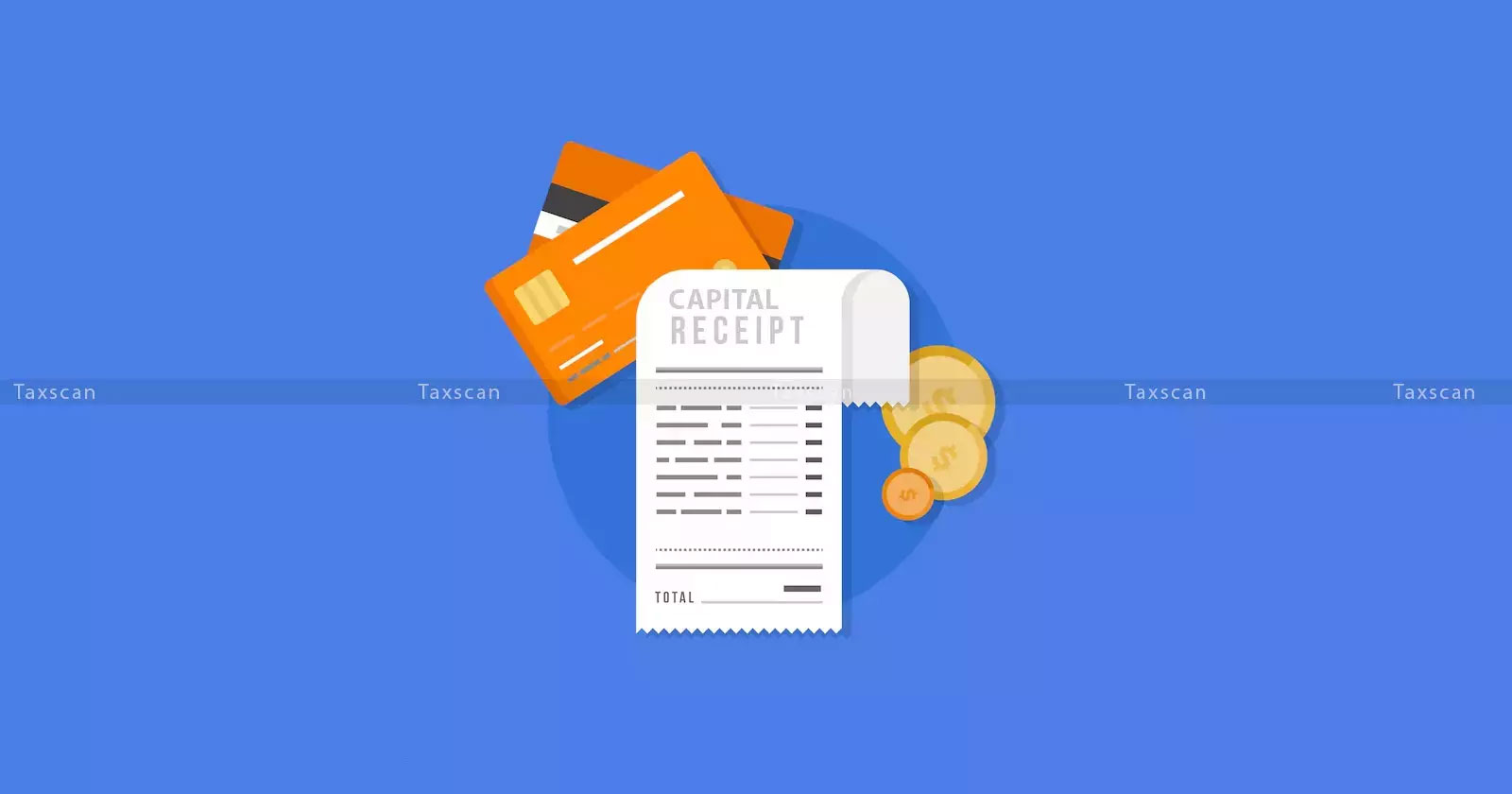Extended Limitation cannot be Invoked Once Facts already Disclosed in Returns: CESTAT [Read Order]
Assessee had already disclosed the availment and utilisation of CENVAT credit in its ER-1 returns for October and November 2011, and these very documents were also relied upon by the Department in the show cause notice. This clearly indicated that the Revenue was fully aware of the facts at the relevant time
![Extended Limitation cannot be Invoked Once Facts already Disclosed in Returns: CESTAT [Read Order] Extended Limitation cannot be Invoked Once Facts already Disclosed in Returns: CESTAT [Read Order]](https://images.taxscan.in/h-upload/2025/10/04/2093832-extended-limitation-invoked-once-facts-disclosed-in-returns-cestat-taxscan.webp)
The Chennai Bench of the Customs, Excise & Service Tax Appellate Tribunal (CESTAT) has held that the extended period of limitation under indirect tax law cannot be invoked where all material facts have already been disclosed in statutory returns.
The Tribunal set aside a demand raised against M/s S.K.S. Mills, a cotton yarn manufacturer, noting that the Revenue was fully aware of the transactions from the assessee’s ER-1 returns and earlier proceedings.
The appellant, S.K.S. Mills was engaged in the manufacture of cotton yarn and cotton/PVA yarn. Until October 2010, it operated as a 100% Export Oriented Unit (EOU). Upon exit from EOU status on 25.10.2010, the unit cleared finished goods at a nil rate of duty by availing exemption under Notification No. 30/2004-CE and filed ER-1 returns.
During audit by CERA, it was noticed that the assessee had availed and utilised accumulated CENVAT credit on capital goods and finished goods even after debonding. Consequently, multiple show cause notices (SCNs) were issued between 2012-2013, culminating in an adjudication order confirming the demands.
 Also Read:Compensation for Surrendering Tenancy Rights is a Capital Receipt, Not a Service: CESTAT [Read Order]
Also Read:Compensation for Surrendering Tenancy Rights is a Capital Receipt, Not a Service: CESTAT [Read Order]
Comprehensive Guide of Law and Procedure for Filing of Income Tax Appeals, Click Here
While the Commissioner (Appeals) upheld the order, the CESTAT in 2015 allowed the appeals, holding that the assessee was eligible to avail such credit as the capital goods were used in job-worked intermediary products, which were subject to duty when cleared domestically.
Despite the Tribunal’s earlier ruling, the Department issued another SCN on 19.11.2015 alleging wrongful availment of credit and non-payment of duty on finished goods, capital goods, and inputs removed as such between 2011-2012. The adjudicating authority confirmed the demand and penalties vide Order-in-Original dated 31.01.2017, prompting the assessee to approach the Tribunal again.
The bench of M. Ajit Kumar ( Technical member) and P. Dinesh (Judicial member) examined whether the invocation of the extended period of limitation was justified in the present case. It observed that the assessee had already disclosed the availment and utilisation of CENVAT credit in its ER-1 returns for October and November 2011, and these very documents were also relied upon by the Department in the show cause notice. This clearly indicated that the Revenue was fully aware of the facts at the relevant time.
The Bench further noted that an earlier round of litigation on the same issues had already been decided in favour of the assessee by CESTAT in 2015, and that order had attained finality.
Accordingly, the Tribunal held that allegations of suppression or misrepresentation were unsustainable, and therefore, the extended limitation could not be invoked.
Support our journalism by subscribing to Taxscan premium. Follow us on Telegram for quick updates


